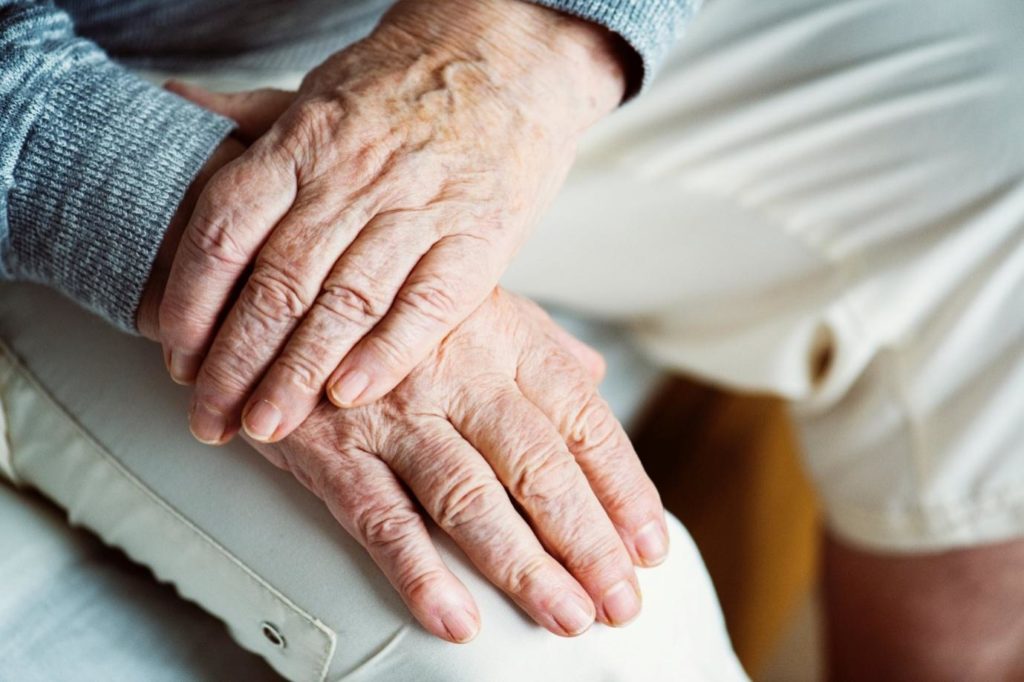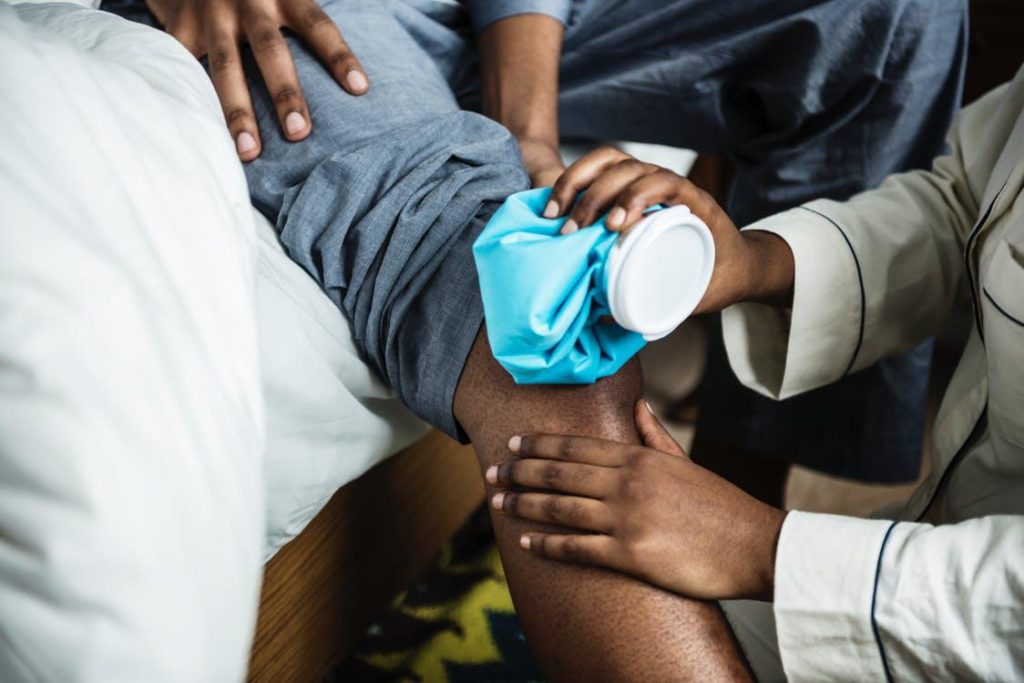Arthritis is widely prevalent in the United States affecting 54.4 million US adults each year. The Centers for Disease Control and Prevention reports that for people between the ages of 45 and 64, the incidence of arthritis was 29.3 percent, while it was 49.6 percent for those over 65 years.
Why Do Bones Deteriorate with Age?
As you age, medical ailments affect you. The skeletal structure that supports you goes through considerable changes during your lifetime.
What Causes Knee Pain?
Living with knee pain can take a toll on you.
You feel the aching in your joints when you stretch your legs in the morning.
Is Back and Hip Pain a Symptom of Prostate Cancer?
The American Society of Clinical Oncology estimates 174,650 cases of prostate cancer this year alone. As the most commonly occurring type of cancer in men–mostly those over the age of 50.
Continue reading “Is Back and Hip Pain a Symptom of Prostate Cancer?”
Teaching Your Children about Cleanliness and Health
The Centers for Disease Control and Prevention reports that the percentage of children—in the age range of 5–11 years—who are in good health stands at 85.3 percent. While this may seem like good news, the glaring implication is that almost 15 percent of the child population isn’t in good health.
Continue reading “Teaching Your Children about Cleanliness and Health”
3 Reasons Your Lower Back Might Be Hurting
According to The National Institute of Neurological Disorders and Stroke, around 80% of adults experience some kind of lower back pain at some point during their lives. Studies also say that back pain is one of the most common reasons for missed work, accounting for 264 million lost workdays a year.
Continue reading “3 Reasons Your Lower Back Might Be Hurting”







